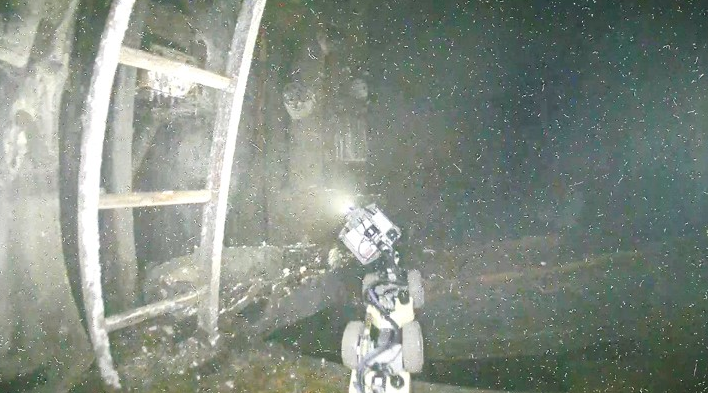Recent explorations inside the Fukushima Daiichi nuclear power plant’s damaged reactors have unveiled a perplexing scene of destruction and remnants of the catastrophic events following the earthquake and tsunami of 2011. The Tokyo Electric Power Company Holdings (TEPCO) has led the operation, deploying miniature drones to navigate areas previously unreachable by robots. These investigative probes are a critical step toward decommissioning the plant, a task that, until now, has run into one roadblock after another.
The drones, engineered for easy maneuverability and equipped with HD cameras, provided the first images from inside Reactor No. 1. Their goal was to assess the primary containment vessel; this area, directly beneath the reactor’s core, is important for understanding the extent of damage and the condition of melted nuclear fuel. The photographs revealed distorted materials and parts of the control-rod drive mechanism now dislodged and hanging precariously. However, discerning whether these materials are melted fuel or equipment requires further analysis; thus far, drones have been hindered by the absence of dosimeters due to their need for lightness.

TEPCO disclosed images showing icicle-shaped objects within the containment vessel, speculated to contain nuclear fuel debris. The company plans to analyze these findings thoroughly to devise strategies for debris removal.
The challenges of decommissioning are multiplied by the delicate conditions across the reactors and the nearly 880 tons of radioactive fuel that remain. TEPCO’s operation, including the recent wastewater discharges monitored by the International Atomic Energy Agency, is drawing careful attention, notably from China and local fishing communities worried about the potential environmental fallout.
These discovery flights were crucial to providing glimpses into the reactors’ damaged interiors, yet their images illustrate the large task ahead. The optimistic 30- to 40-year cleanup timeline set by the government and TEPCO is met with skepticism by critics who cite the delays and technical obstacles encountered thus far.












